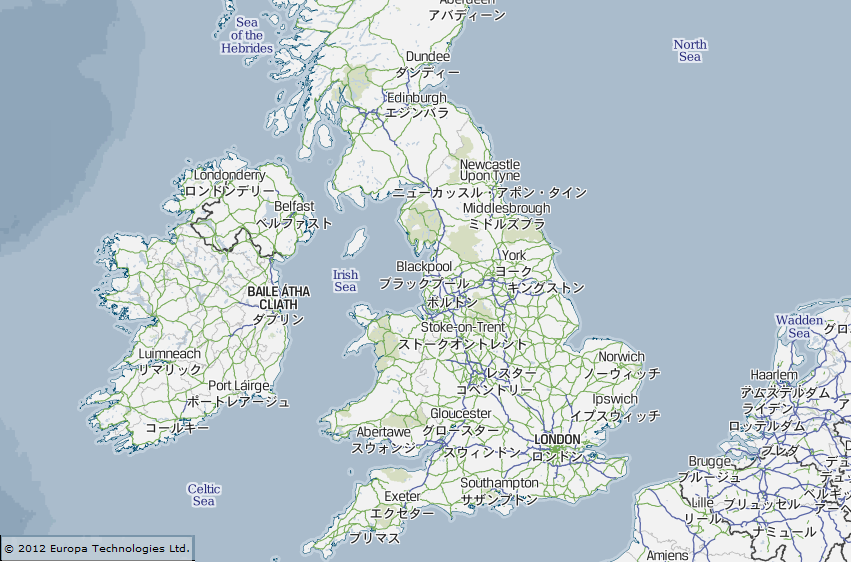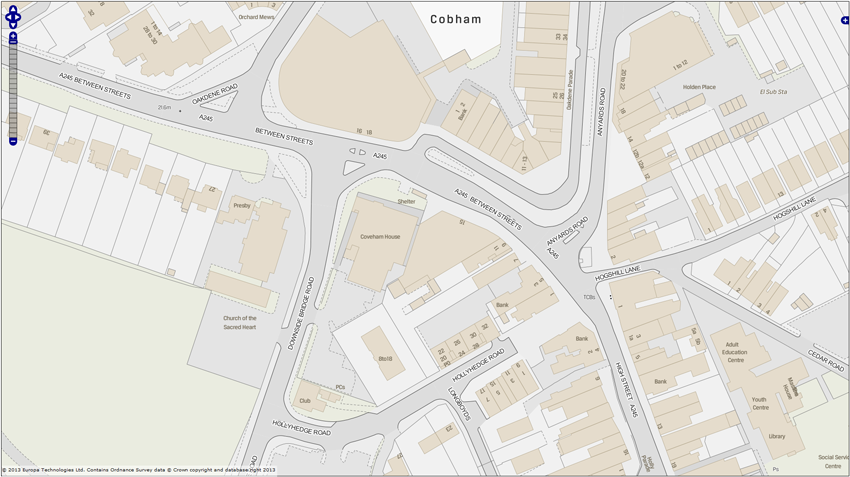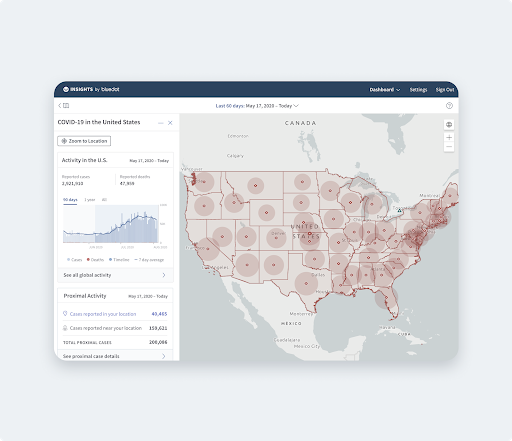 As far back as I can remember, there’s been a little blue-and-yellow can of WD-40 in the toolbox. (More often than not, missing the red straw you needed to apply it to stuff.) This is magic in a can. Anything that squeaks, anything that’s stuck – a squirt in the right spot has things moving smoothly again. The official website has a list of 2000+ uses for it – “from gum and crayon removal to preventing rust and loosening stuck parts.”
As far back as I can remember, there’s been a little blue-and-yellow can of WD-40 in the toolbox. (More often than not, missing the red straw you needed to apply it to stuff.) This is magic in a can. Anything that squeaks, anything that’s stuck – a squirt in the right spot has things moving smoothly again. The official website has a list of 2000+ uses for it – “from gum and crayon removal to preventing rust and loosening stuck parts.”
In my former life as a spatial data vendor, this is exactly what FME did. Everything. So it was a bit nostalgia inducing to chat recently with Duncan Hill of Europa Technologies in UK about their operations as a vendor of very global data, and what FME is doing for them. And as it turns out, they’ve had a similar experience – a little squirt of FME here and there helps turn data into a valuable commodity.
¿Habla FME?
Europa’s data products are used by many of the world’s Fortune 500 companies, global organizations, and even Google Maps. Homogenizing data across international boundaries comes with it’s own unique challenges. Projections and models, of course, vary greatly from region to region, but it’s a more non-spatial challenge that puts the final touch on a truly international dataset.
Exonyms – foreign language versions of place names – are a key feature of Europa’s data. The Mexico City and São Paulo offices of BigCo will both refer to London as Londres, but will differ on how to spell Tokyo. And the Tokyo office, looking at map of the UK, expects to see ロンドン where London is (so Google Translate tells me). Not a challenge most of us need to think about on a regular basis.
The sticky bit, so to speak, isn’t storing multiple names for a feature – it’s storing and processing them in non-Latin characters. Europa has incorporated exonyms in Arabic, simplified Chinese, Russian, Japanese, Hebrew, and most recently Korean. And as a data vendor, they make their products available in a variety of GIS formats – not all of which support the necessary Unicode encoding for these alternate characters.
A judicious application of FME keeps the data flowing here – as it does support Unicode, it handles the incoming exonyms handily, processing them with UTF-8 encoding, and produces output datasets in a variety formats, using specific codepages when needed for non-Unicode destinations.
Data as a Service
Data delivery has always been a bit of a sticky wicket for data vendors. The classic method has been physical delivery – on floppies way back in the day, through to optical media and even hard drive deliveries. And on the receiving end, customers were then faced with the regular task of database loading, data styling and preparation, and internal distribution.
Europa has been focusing their efforts in the last few years on reducing friction here too – by moving from physical delivery to “data as a service”. Their platform, viaEuropa, serves up vast amounts of nicely prepared data by simply connecting online. Of course, by eliminating a ton of work on the customer’s side, they’ve added that workload to their own internal processing, where FME is key.
Starting with Ordnance Survey (OS) data, generic basemaps are prepared by rendering the vector data as map tiles – static at some levels, and dynamic at others. FME is also handling loading to PostGIS, reprojection work, and some more sophisticated cartographic functions like feature merging and labeling. And as Duncan told me, “It might not be impossible to do this without FME, but it would sure be a lot harder”.
The OS service has been in use for a few years now, with a number of high profile government users. In fact, Europa was the recipient of the British Cartographic Society’s Ordnance Survey MasterMap Award for ‘Better Mapping’ for this work. And so, with the platform refined, they’ve moved on to include both customer data hosting and specialty projects like SeaSpace’s HydroView Now – mixing vector and gridded bathymetry data to provide the same smooth data delivery experience for offshore applications. With FME workflows in place for transformation and loading, adding new data becomes incrementally easier.
And as is wont to happen somewhere along the way in any complex project, it’s nice to have someone to turn to for assistance when needed. “Europa Technologies is very grateful to David Eagle and the team at 1Spatial for their excellent FME support,” says Duncan. “It’s great to be able to call the experts when you need to!”
The Must-Have Tool
These scenarios are just a couple of examples of how FME gets put to use at Europa. “Not a day goes by when we’re not using FME for something,” says Duncan. “There’s tons of ad-hoc processing – peculiar formats, obscure projections – FME is something we really just couldn’t manage without”.
Much like my toolbox and that little blue-and-yellow can of magic.

Kris Majury
Kris is a content developer at Safe Software who concentrates on creating documentation for FME transformers. Kris works remotely from the wonderful Gulf Islands off the coast of British Columbia.



